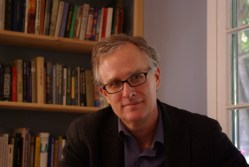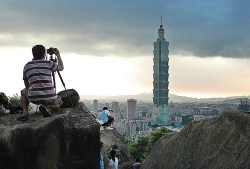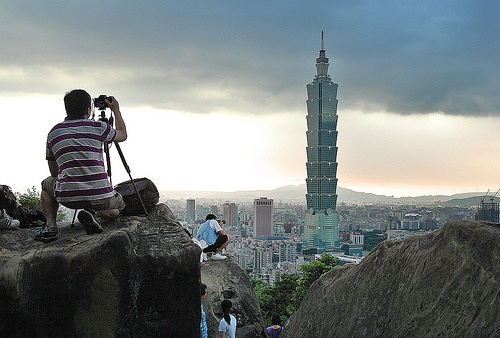
Jon Christensen.
A lone rider spurs his horse as he gallops across the desolate plains. An explorer heads into the Sierras, the cathedrals of the wild. These are the classic images of the frontier and the romantic heroes who pushed into the wilderness to build the American West.
They are also relics of a time when we could imagine that the human and natural worlds were separate. “It’s as if the idea of the frontier kept open the illusion that there was more nature out there that was as yet unaffected by human beings,” says environmental historian Jon Christensen, executive director of the Bill Lane Center for the American West at Stanford University. “That really never did exist.”
“We now see, in the Anthropocene, that even the wilderness is a product of human forces and is very much shaped by human ideas,” Christensen says. “The city is also full of nature.”

Photo by Peter576.
These insights will be crucial as Earth’s population continues to grow to the 9 billion people we expect in 40 to 50 years, and as we continue to cluster in urban areas. In this brave new world, the frontiers will be urban ones, where humanity and nature mix and interact.
The ways in which we allow these cities to grow and absorb the population, thus affecting the natural environment within and around them, is “going to determine so much about the future of life on Earth for people and the way we live,” Christensen says.
Can we design cities in a way that fosters both human and ecological health? “That,” Christensen says, “is the 9 billion-person question.”
I sat down with Christensen recently to talk about the mythos of the frontier, “ecological urbanism,” and the questions that remain for Generation Anthropocene.
Free MP3. (Right click, select “Save Link As.”)
This interview is part of the Generation Anthropocene project, in which Stanford students partake in an inter-generational dialogue with scholars about living in an age when humans have become a major force shaping our world.



